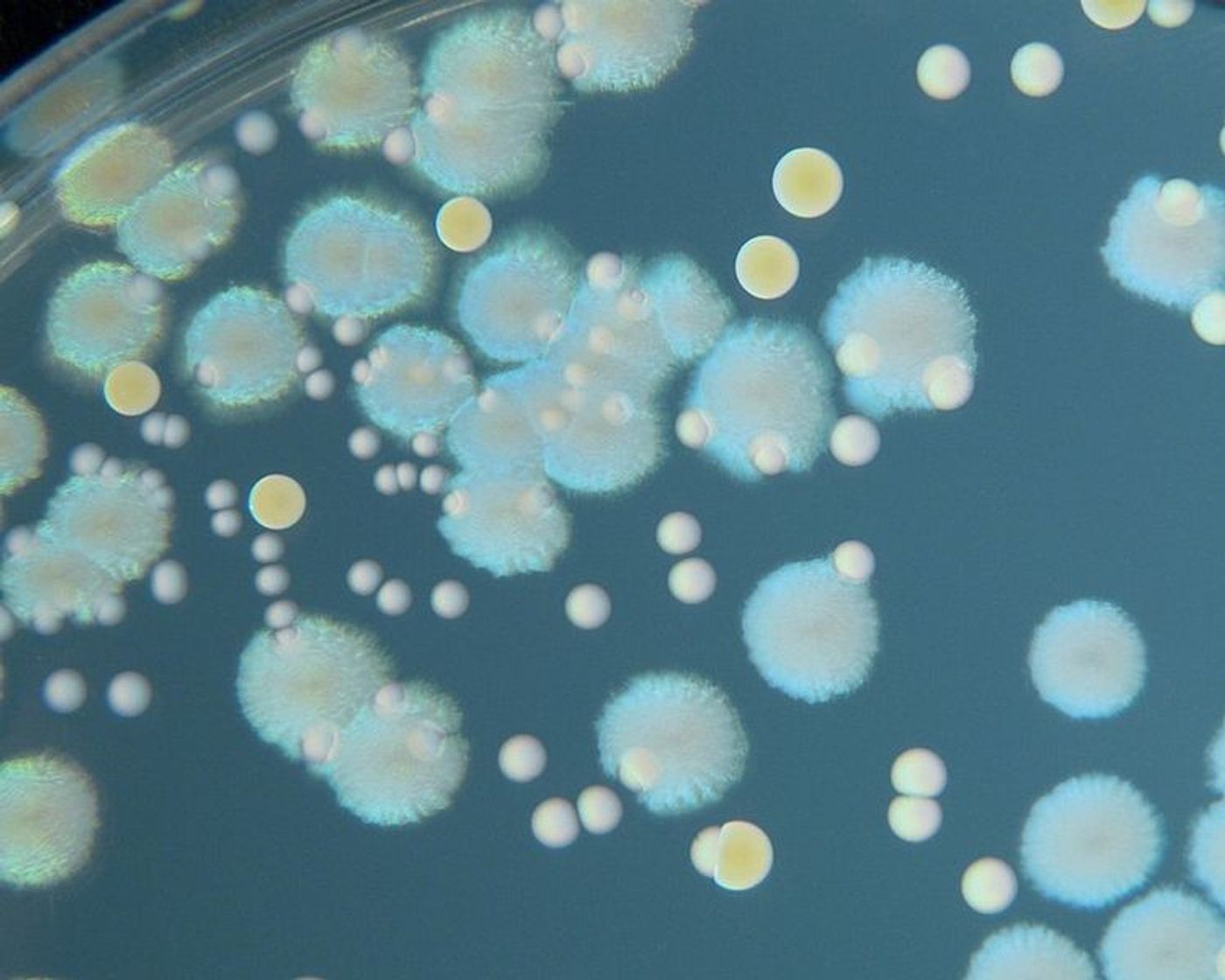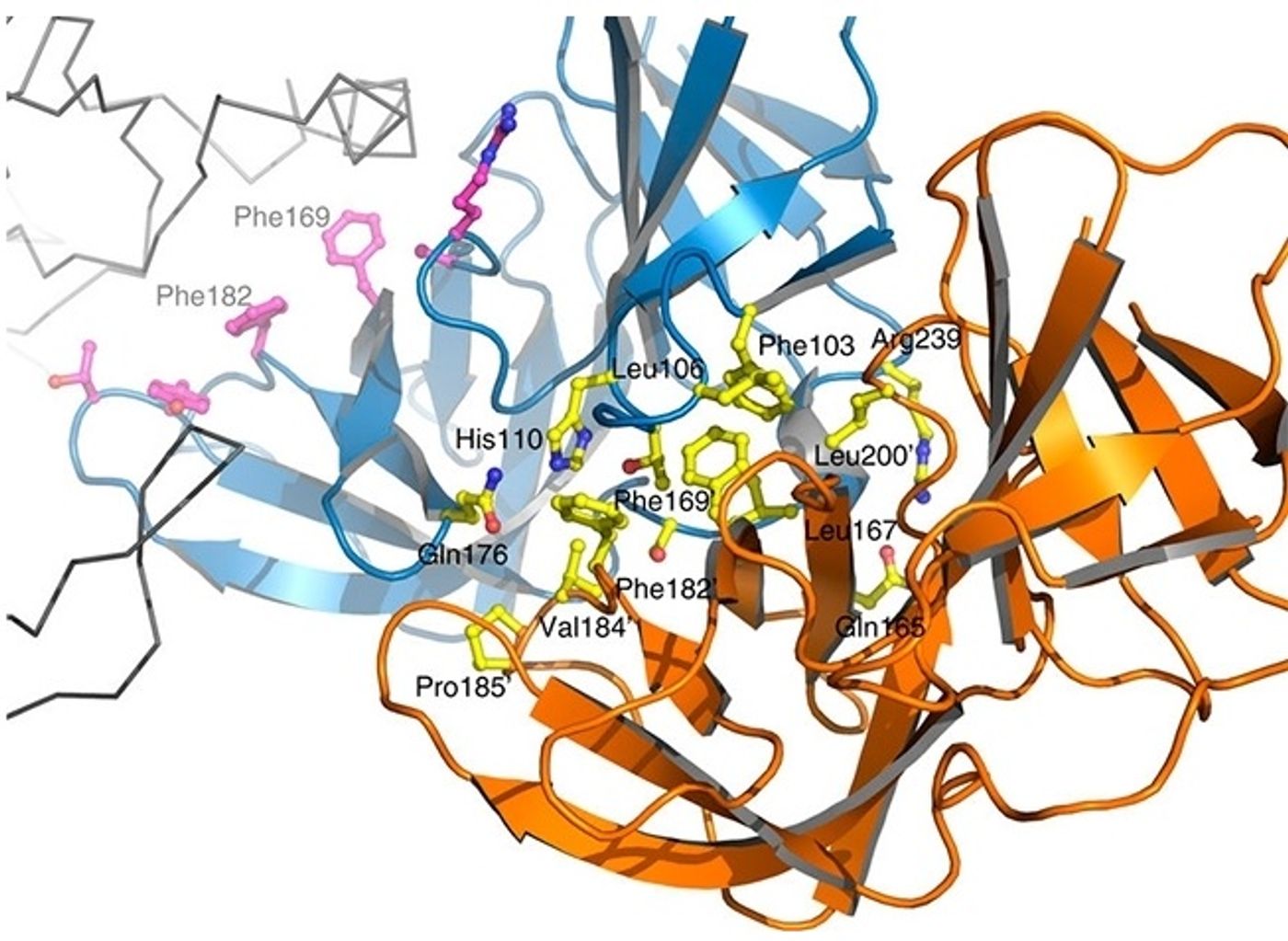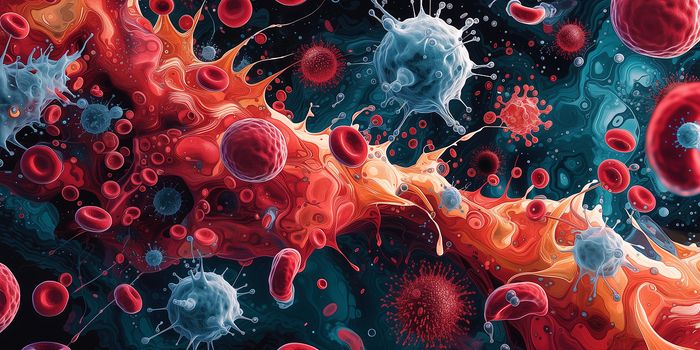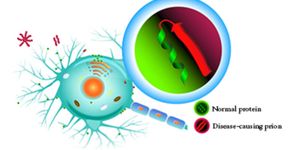New Generation of Antibiotics Kills Bacteria with Impeccable Precision
The only way to overcome multidrug-resistant bacteria is to design a drug that bacteria have never encountered. In a new study funded by the São Paulo Research Foundation, scientists are doing just that, with a new drug specifically designed to target bacillus bacteria.
“The problem of drug-resistant bacteria is serious and hasn't been given proper attention by either governments or the pharmaceutical industry,” explained project coordinator Andréa Dessen. “We can no longer ignore it.”
Dessen and other scientists from France’s Institute of Structural Biology and Brazil’s National Bioscience Laboratory focused their efforts on new treatments for drug-resistant bacillus bacteria. Famous bacillus include Escherichia coli, Pseudomonas aeruginosa and Helicobacter pylori. Current antibiotics primarily target components unique to the bacterial cell wall, but the new approach prevents bacteria from ever building their cell wall, making each bacterial cell “not only more vulnerable but also incapable of reproducing itself.”
"The cell wall is a mesh like a fishing net, made up largely of peptidoglycan, a polymerized blend of sugars and amino acids associated with peptides," Dessen explained. "It protects the bacterium against differences in osmotic pressure and ensures the cell is the right shape.”
Bacilli bacteria contain a multiprotein complex called the elongasome that require binding of specific proteins after cell division to obtain the right shape. The elongasome was the subject of Dessen’s new study, where researchers isolated two proteins, PBP2 and MreC, to understand the complex’s three-dimensional structure using X-ray diffraction crystallography. This technology enabled researchers to observe how the two proteins interact, and, subsequently, how to prevent this interaction.
Next, researchers altered the amino acids in MreC that interact with PBP2, which prevented the two proteins from interacting and the elongasome from forming. Then, they genetically modified H. pylori bacteria to express the same mutant MreC protein, and they were subsequently unable to grow because their cell wall did not form correctly.
“The experiment proved the importance of the PBP2-MreC complex to elongation of the wall and survival of bacilli,” Dessen explained. “This knowledge can be used to seek molecules capable of interrupting the interaction between these proteins and thereby kill the bacillus."
The study’s approach, however, would be effective only against bacterial species with elongated cell walls. Most bacteria do have cell walls, but some do not - for example, an extremely deadly pathogen with acquired resistance to most available drugs, Acinetobacter baumannii. Further research will have to be completely to expand this approach to other types of bacteria.
The present study was published in the journal Nature Communications.
Source: São Paulo Research Foundation










